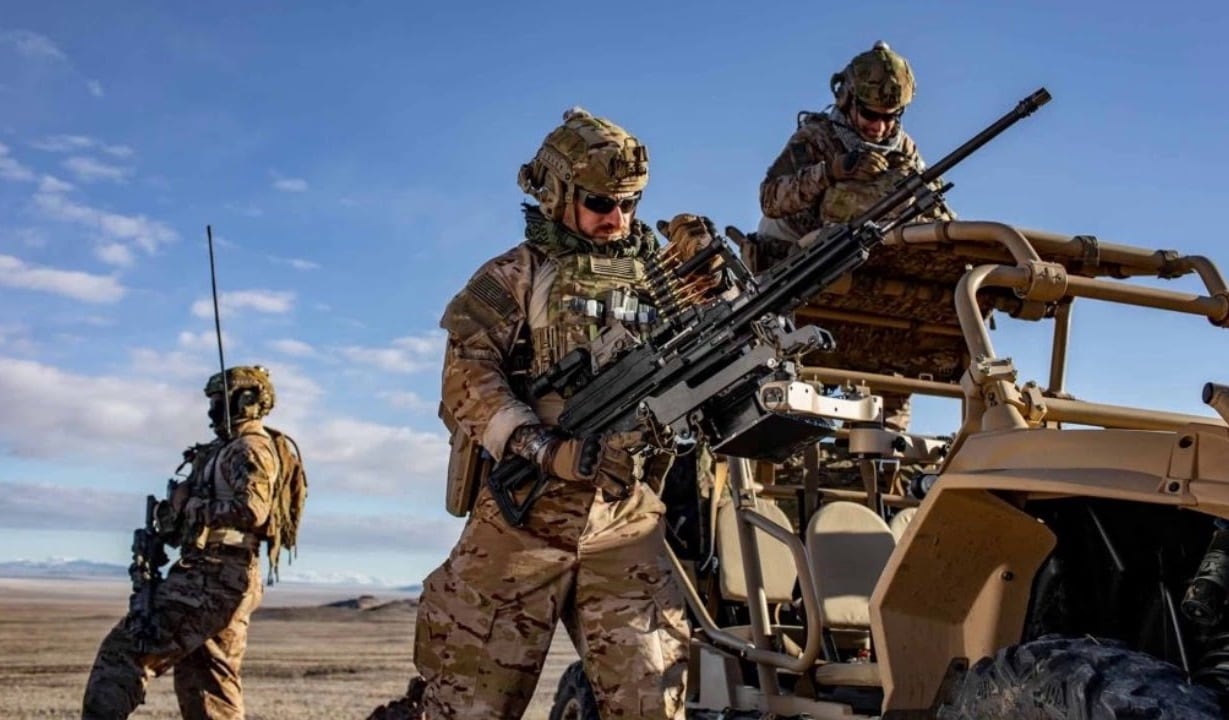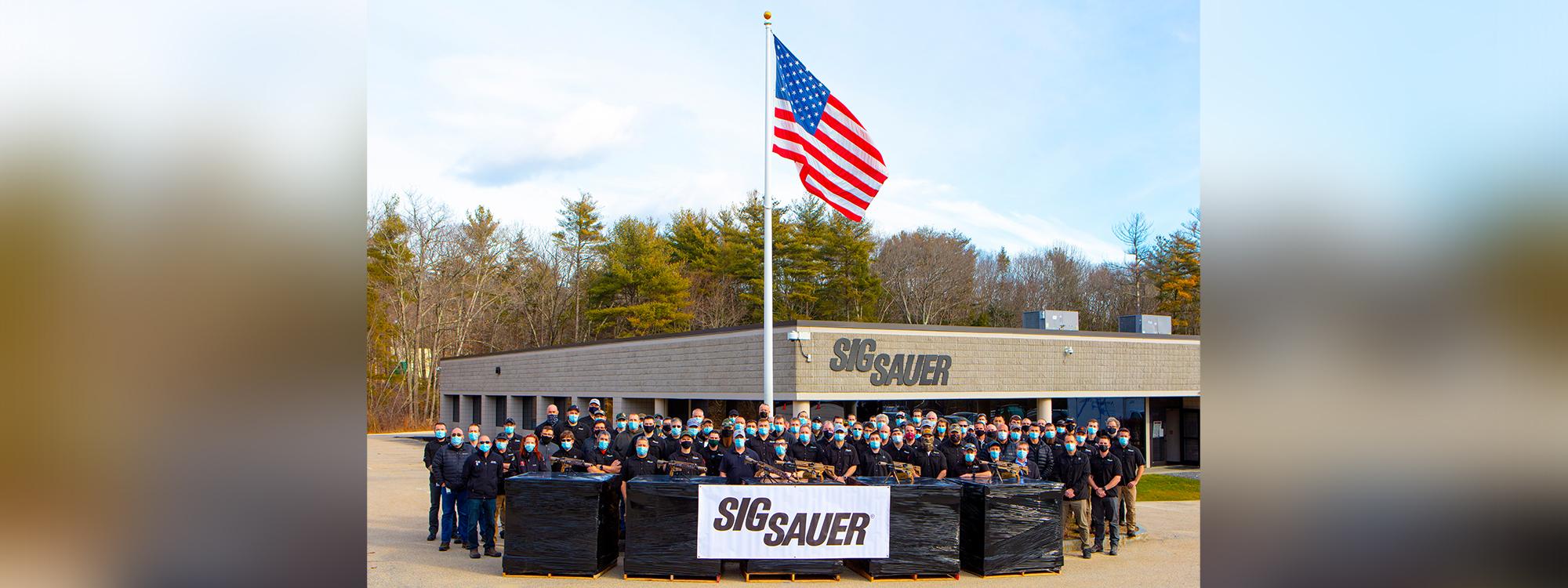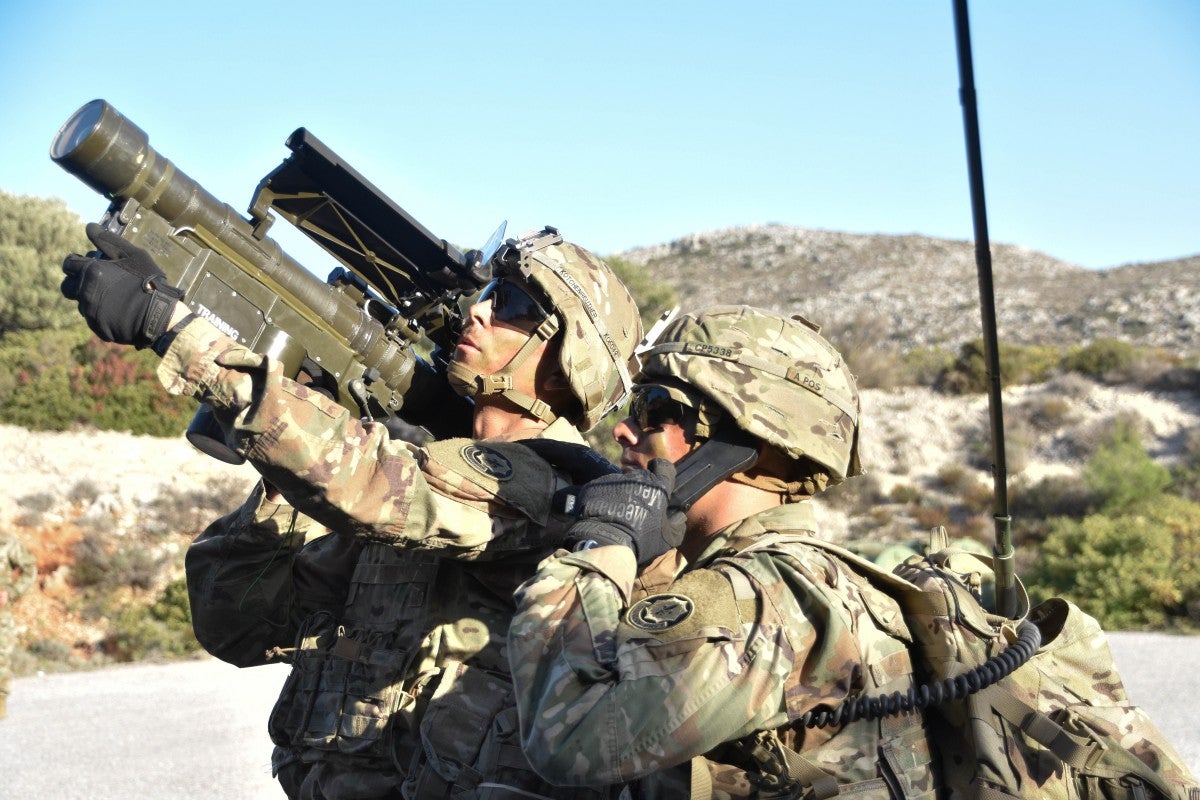PICATINNY ARSENAL, N.J. -- The Army awarded a $49.9 million five year contract to Barrett Firearms Manufacturing Inc., Murfreesboro, Tenn. Monday, Mar....

www.army.mil
.
So the Army is shifting again. The last major Sniper rifle adopted by the US Army was the M2010 which evolved from the Remington M24 improvement program based off Remington’s work on its MSR then moved to mass production. M2010 was such a huge rework of the M24 that it qualified as a new rifle from the magazine feed action to the .300win mag chamber to the chassis system.
This is pretty much how the Army did things. It took a look at what was available asked for a few changes then had it built off a production line for thousands.
The Other two major Sniper rifle programming in the DOD worked alacarte. USMC and Socom would order the individual parts and then have their own gun smiths in their own shop build the end product. The Army only did this for its marksmanship competition team. Now however this is shifting.
Socom began the Precision Sniper rifle program looking to buy a off the shelf package. A chassis package rifle able to be moved to the four prominent military sniper rifle chambering .Remington won in 2013 but by 2018 the company was in trouble. So a recompete was launched and Barret MRAD won becoming the Mk22.
The Marines in the interim adopted the Alacart build Mk40 mod 7. Yet have stated they planned to move to the same Mk22. Meaning that for the first time in decades all 3 of the US Primary sniper programs will use the same rifles.

www.19fortyfive.com


:quality(70)/cloudfront-us-east-1.images.arcpublishing.com/mco/YREI6MR6S5BPBEJ6CPIUEGXCEI.jpg)



